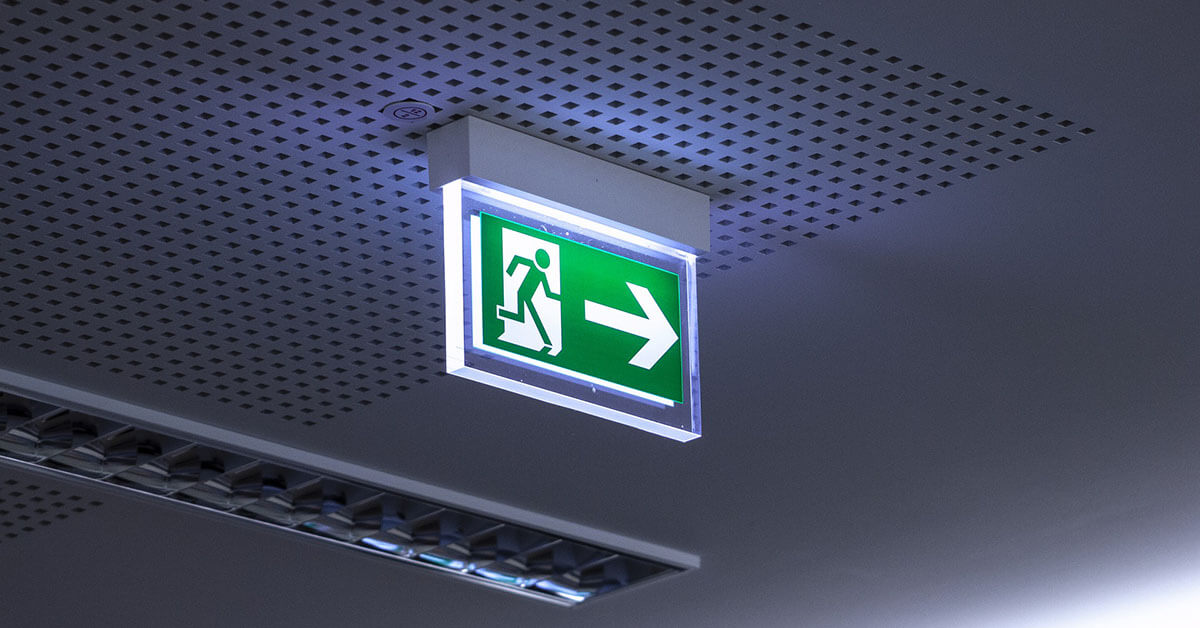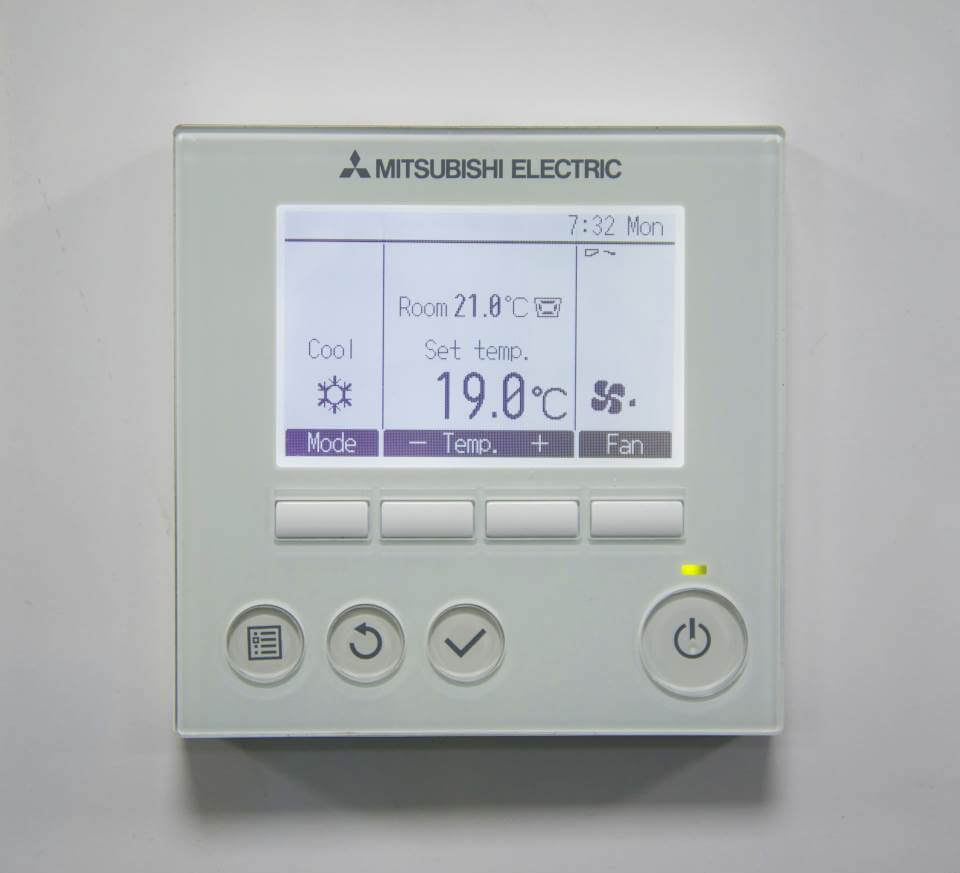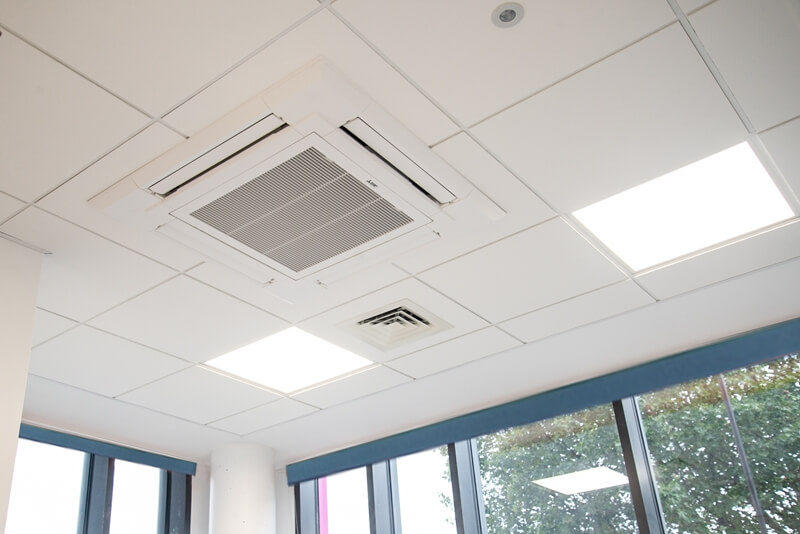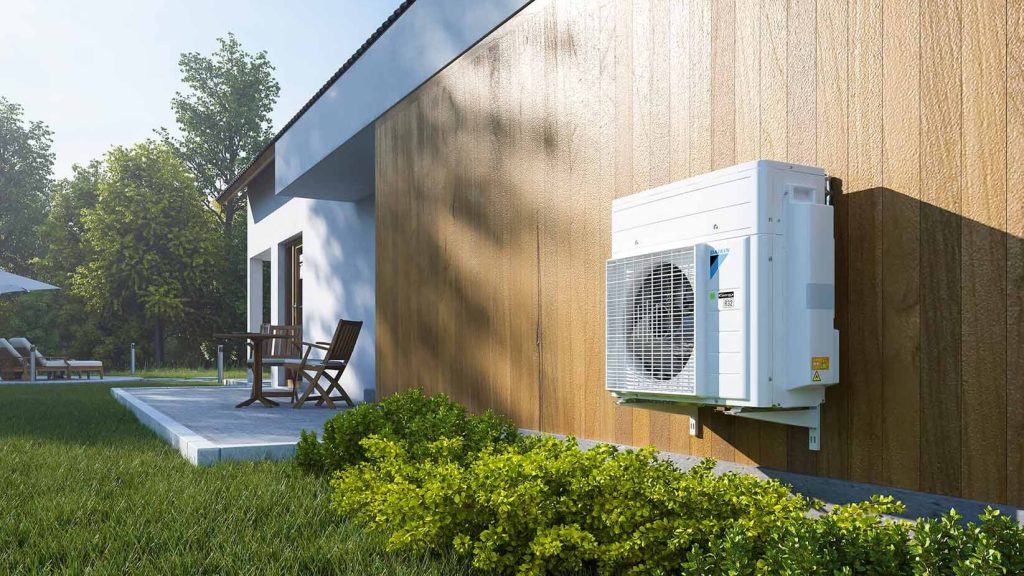Are You Aware of Your Building Compliance Duty of Care?

Estimated reading time 12 minutes
As a business owner, employer, landlord and tenant are you aware of your building compliance duty of care? It’s important that you understand your building compliance responsibilities and are fully compliant with current building legislation as failure to do so could result in fines or worse, criminal proceedings.
Building compliance is an extremely complex subject and covers a number of different areas that affect your building including electrical, heating, ventilation and air conditioning; fire safety and emergency lighting compliance. You must keep up to date on what regulations, assessments and inspections must be undertaken and when in order to ensure your building is safe and legal.
What Do I Need In Order For My Building to Be Compliant?
In order to be complaint you need to carry out the following:
Electrical Compliance
The law in England requires businesses to comply with electrical safety standards. Those standards are:
The Electricity at Work Regulations 1989 impose regulations on employers and self-employed persons with regards to electrical safety. In essence responsible people must ensure that any electrical equipment must be safely installed, maintained and regularly inspected and tested in order to ensure the safety of their employees.
The Landlords and Tenants Act 1985 is applicable. This act states that landlords must ensure that they take all necessary precautions to protect anyone in their building(s) from injury from electric fires and shocks.
The Electrical Safety Standards in the Private Rented Sector (England) Regulations 2020 regulations published as British Standard 7671 (BS7671) are also applicable.
Electrical Installation Condition Report
In order to comply with The Electricity at Work Regulations 1989 and The Landlords and Tenants Act 1985 and electrical safety standards (code BS7671) an Electrical Installation Condition Report (EICR) is required. An EICR assesses a building’s electrical installation. It looks at the condition of the electrical installations and determines whether they comply with UK regulations and standards. Once the assessment is complete the business owner or landlord receives a report advising whether the electrics are installed and working correctly or whether there are issues that need to be addressed.
Landlords must then provide a copy of the Electrical Installation Condition Report (EICR) to their local authority if requested. The Local Authority can fine a landlord up to £30,000 for failing to provide the tenant or prospective tenant with an electrical safety certificate.
What Does an IECR cover?
Your IECR should identify any electrical faults or issues as well as normal wear and tear which could potentially develop into a fault or issue at a later date. Your electrical engineer will take into account the age and condition of all electrical components to ensure they still meet British standards.
The mains panel, sockets, light fittings and switches, fuse box, electrical cabling and distribution boards should be tested and results recorded.
The report should detail the wear and tear or damage that could result in a short circuit electric shock or high temperature, the type of electrical components that are installed, how suitable and effective they are, any components that do not comply with the current IET Wiring Regulations, how adequate any installation is depending on the business purpose, occupancy and size of property, where there have been changes to a property and business that might impinge on the suitability of the installation e.g. an extension or installation of high energy equipment, the earthing and bonding performance, where signage is required and any recommendations on where improvements should be made and their priority status.
How Often Do I Need To Check My Electrics?
Commercial properties must be tested by a qualified electrician between one and five years depending on the nature of the business and electrical installation(s). Testing should be carried out:
- Every 5 years for offices, schools, care homes
- Every 3 years for industrial units and property open to the public, e.g. restaurants, entertainment centres, hotels, leisure facilities
- Annually for hospitals, petrol stations, spas and swimming pools which are susceptible to dust and high temperatures.
What Should I Have My Electrics Tested Regularly?
If you do not have your electrics tested according to the schedule above you will be liable for any damage or injuries caused by an electrical fire or shock. Your insurance may also require you to have an EICR as part of their stipulations before they accept you. The EICR is proof that you’ve taken the steps to reduce the risk of an electrical fault and ensure your building electrics are safe.
Energy Performance Certificate
It’s a legal requirement that all non-domestic property on the completion of a building, if you rent out or sell your building/floors/rooms etc. or if there are changes to parts of the building which involve “providing or extending fixed heating, air conditioning or mechanical ventilation systems” have an Energy Performance Certificate (EPC). EPCs detail the energy efficiency of a property using an A-G rating system, with A being the most efficient.
EPCs are governed by the Minimum Energy Efficiency Standards (MEES) regulations which came into force on 1 April 2018 which aims to encourage landlords and property owners to improve the energy efficiency of their properties by “a restriction on the granting and continuation of existing tenancies where the property has an Energy Performance Certificate (EPC) Rating of F and G.” The Minimum Energy Efficiency Standard Rating required is E and above.
Where the rating falls below G the recommendation report specifies how improvements can be made to upgrade the energy rating. A commercial EPC is valid for 10 years, or until a newer version is produced. Where a property is a new build a separate EPC is required called an ‘On Construction’ certificate and must be completed as part of the building regulations.
Failure to comply with the MEES regulations can lead to fines of between £4,000 and £150,000. You can also be fined between £500 and £5,000 based on the rateable value of the building if you don’t make an EPC available to a prospective buyer or tenant.
In certain commercial settings, an EPC must be displayed publicly. These include a property with a total usable space of over 500 square metres, properties that are open to the public, or frequently used by the public and properties for sale, rent or under construction that already have an EPC.
There are some properties which are MEES exempt. These include:
- Industrial sites
- Certain listed buildings
- Temporary buildings with less than two years of usage
- Tenancies shorter than 6 months (with no right to renew)
- Tenancies longer than 99 years
- An entirely detached building with a total useful floor area of less than 50m2 (not a dwelling)
- Where a building is to be demolished
What Does an EPC Involve?
In order to generate an EPC a commercial property must be inspected. The layout, build, extensions, insulation, windows, doors, heating, air conditioning and other fixtures are taken into account. Following the inspection the findings are entered into the governments approved software to generate an energy rating for your property. As part of the EPC, guidance and recommendations on how you can reduce your carbon print and your energy bills is provided.
Portable Appliance Testing
The Electricity at Work regulations 1989 Portable Appliance Testing (PAT) requires the examination and testing of any electrical equipment that has the potential to cause injury to ensure it is safe to use. It also states that electrical systems and equipment must be maintained to prevent danger. That includes portable appliances.
The law does not say how often PAT should be carried out. Employers should consider the type of equipment, what it is being used for how often it is used and whether it’s moved on a regular basis. It is the responsibility of employer to assess the risk however it’s recommended that high risk appliances should be tested between 6 and 12 months. Low risk items can be tested between 1 and 2 years. Failure to comply with these regulations can result in fines of between £5,000 and £20,000.
What Items Need To Be PAT Tested?
A Portable Appliance is interpreted as “any appliance that has a plug attached to it and plugs into a wall outlet”. This includes any portable item that is owned by the business or employee.
Items to be tested fall into two categories. These are:
- Class 1 appliances require an earthed connection. They rely on the metallic (exposed conducting) parts of the equipment being effectively earthed. If this earth connection is lost there is a possibility of the exterior of the equipment becoming live, with a potentially fatal Anyone touching live metal will be in contact with electricity.
- Class II appliances are protected by a double layer of insulation and are constructed with high-integrity insulation. They therefore do not need an earth connection to maintain safety.
What Does PAT Involve?
PAT involves a visual inspection. Visual inspections can very often show potentially serious faults and should form part of a standard maintenance package. It’s important to note that some faults will not be detected by a visual inspection and will require testing e.g. a broken earth wire within a cable or deterioration of insulation. Inspection and test results should be documented.
Heating, Ventilation and Air Conditioning Compliance
Heating, Ventilation and Air Conditioning (HVAC) systems must be compliant with Fluorinated gas (F-Gas) and TM44 energy efficiency legislation.
F-Gas Legislation
The Department for Environment, Food and Rural Affairs (DEFRA) is responsible for administering F-Gas regulations. The DEFRA guide explains Fluorinated gas (F gas): guidance for users, producers and traders.
Businesses are legally responsible for ensuring their HVAC is maintained and tested for F-Gas leaks. The person who is responsible for maintenance, servicing and testing must hold a DEFRA approved Stationary Equipment Qualification Company Certificate which is issued by Refcom. Businesses must be able to provide the necessary records to prove their compliancy with F-Gas regulations. If they do not they will receive a penalty notice and further fines if not addressed.
F-Gas rules and regulations apply where an HVAC system has a CO2 equivalent charge weight of 5 tonnes and above. The frequency of F-Gas testing depends on the tones of CO2 equivalent charge weight. For 5-50 tonnes testing should be carried out every 12 months, for 50-500 tonnes, every 6 months and for 500 and above tonnes, every 3 months. A detailed record must be kept and produced when required. Companies and individuals who fail to comply could be faced with fines of up to £200,000.
TM44 Inspection
Building owners, office manager or facilities manger must undertake a CIBSE TM44 energy efficiency assessment of their air conditioning systems if they have a rated output of 12kW or more. This also includes systems where individual units are less than 12kW but when combined have an output of more than 12kW.
Inspections are a legal requirement and must be carried out by an accredited energy assessor up to every 5 years.
A TM44 inspection includes examining any refrigeration and air moving equipment, the system’s controls, documentation to understand the extent of maintenance the system has received and the suitability of the size of the system for the cooling loads in the treated spaces.
The inspection report will cover the likely efficiency of the system, any faults and suggested actions, the adequacy of the equipment maintenance, the adequacy of the controls and control settings, the current size of the system in relation to the cooling load and a summary containing key recommendations and improvements. The assessor will suggest where improvements can be made to improve the energy efficiency of your HVAC.
Businesses that do not keep their TM44 up to date can face a penalty charge of £300 and further charges of £200 for failure to file a report within seven days.
Fire Safety Compliance
Building owners, landlords, employers, occupiers or anyone else with control of the premises is responsible for fire safety in a business premises. In order to comply with fire safety a fire risk assessment of the premises should be carried out and it should be reviewed regularly, identify any risks, put in place and maintain appropriate fire safety measures, plan for an emergency and provide staff information, fire safety instruction and training.
To keep your fire alarm system compliant it’s important to clean each unit to prevent any build up of dust and dirt, check there is enough battery life on each smoke detector until the next inspection, check for faulty wiring within the fire alarm casings and throughout the system, inspect and test the mains panel, heat and smoke detectors multi sensors, luminaires and sirens, replace filament lamps and check radio fire detection and signal.
British Standards recommends that fire alarm systems should be inspected by a ‘competent person’ at least every six months. It should also be tested weekly by the user to ensure it is fully operational.
If your building doesn’t have the appropriate fire detection systems in place and you cannot show that they are being maintained you could face fines of up to £5,000. Major fire safety breaches can result in unlimited fines up to a maximum of 2 years imprisonment.
Emergency Lighting Compliance
All commercial buildings should have emergency lighting installed.
All emergency lighting systems must be tested monthly in accordance with BS EN 50172/BS 5266-8 and all components must be tested annually during a time a low risk emergency. Components: switches, batteries, wiring, luminaires and control equipment; internal positioning to prevent panic in an emergency situation and highlight fire fighting equipment and exits; external positioning to direct evacuees to the designated safety zone and high risk task lighting for potentially dangerous processes and situations, such as working with chemicals and explosives should all be tested and results recorded.
Fines for failing to provide adequate emergency lighting provision can be unlimited.
Clearly building compliance is vital. Ensuring your building has the appropriate maintenance and compliance contracts in place is important.
Synecore Building Compliance Services
Synecore are an experienced and fully accredited commercial building compliance company and can provide air conditioning compliance, electrical compliance, emergency lighting compliance and fire safety compliance to landlords, tenants and businesses across London, Kent and the UK.
Please contact our team or call us on 01795 509 509. We’ll talk you through your options and provide you with expert advice.



